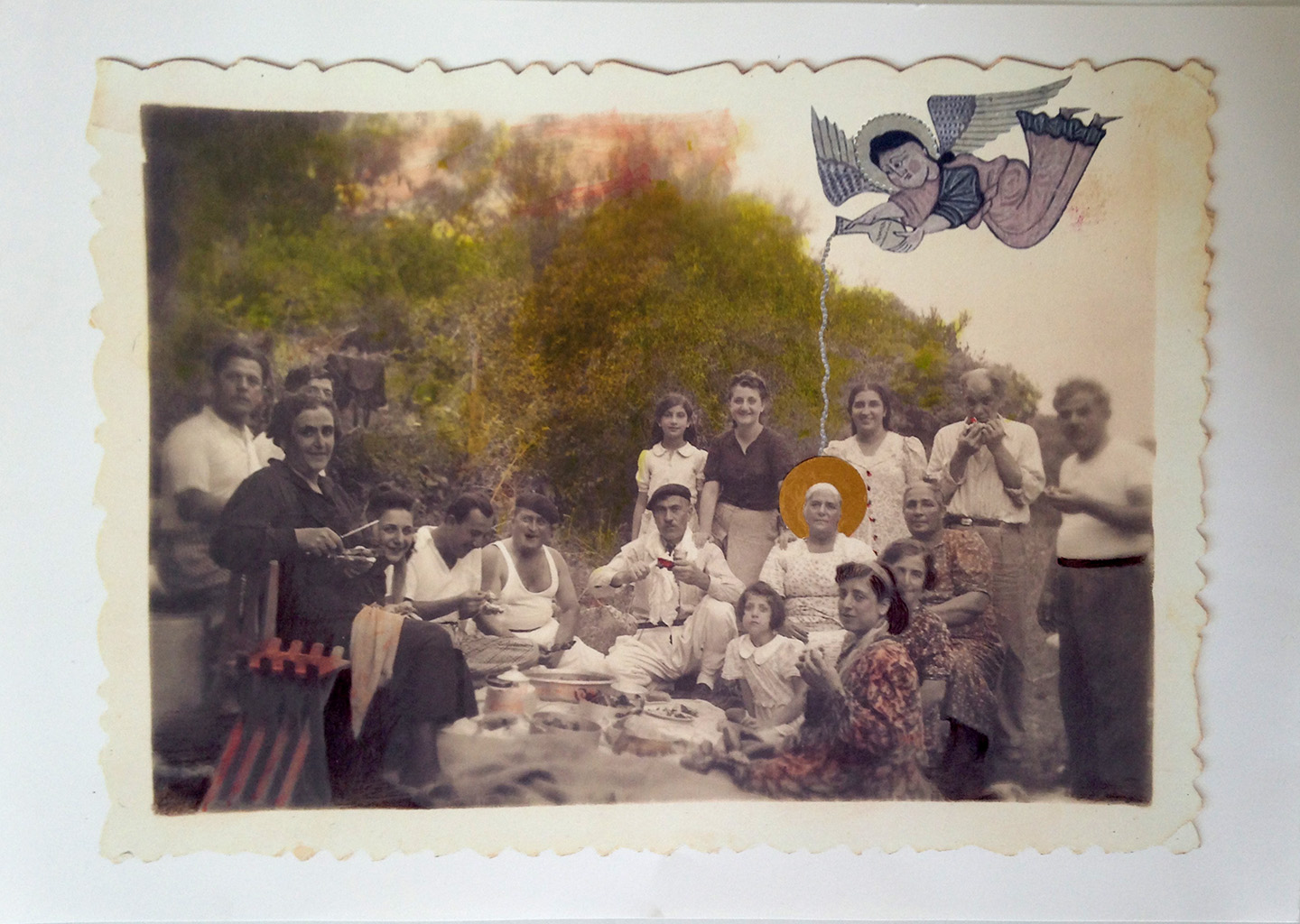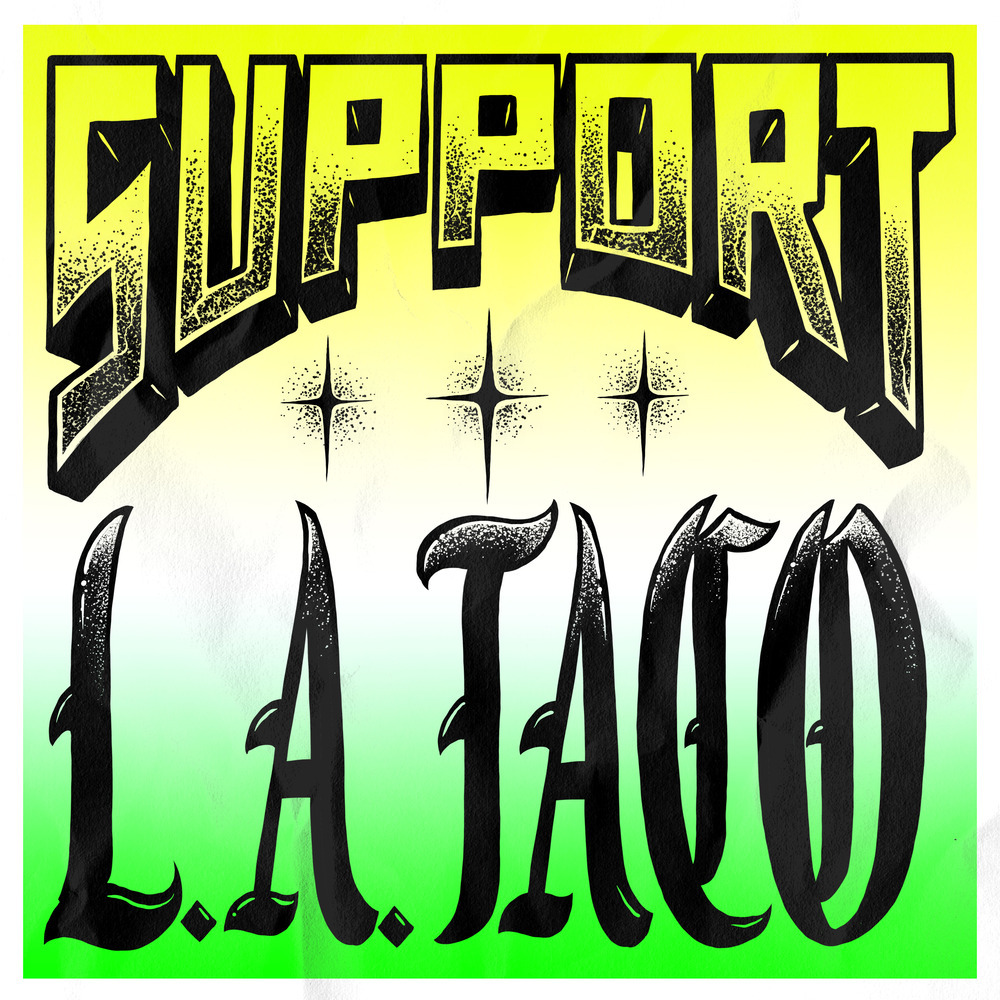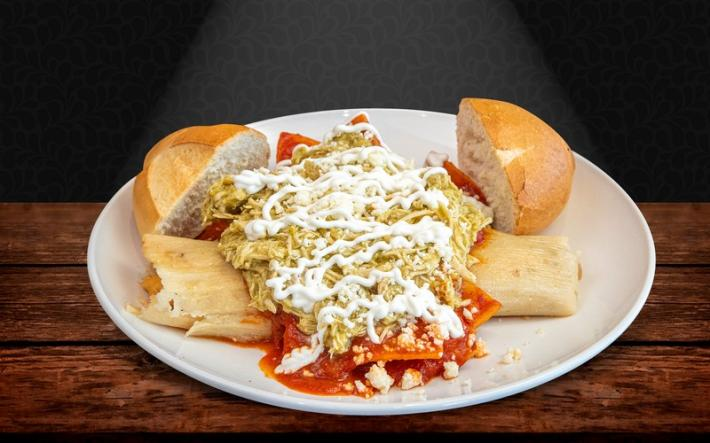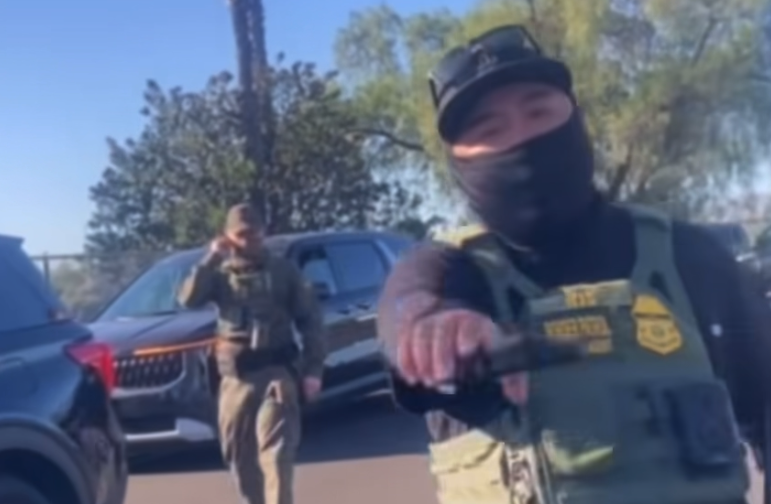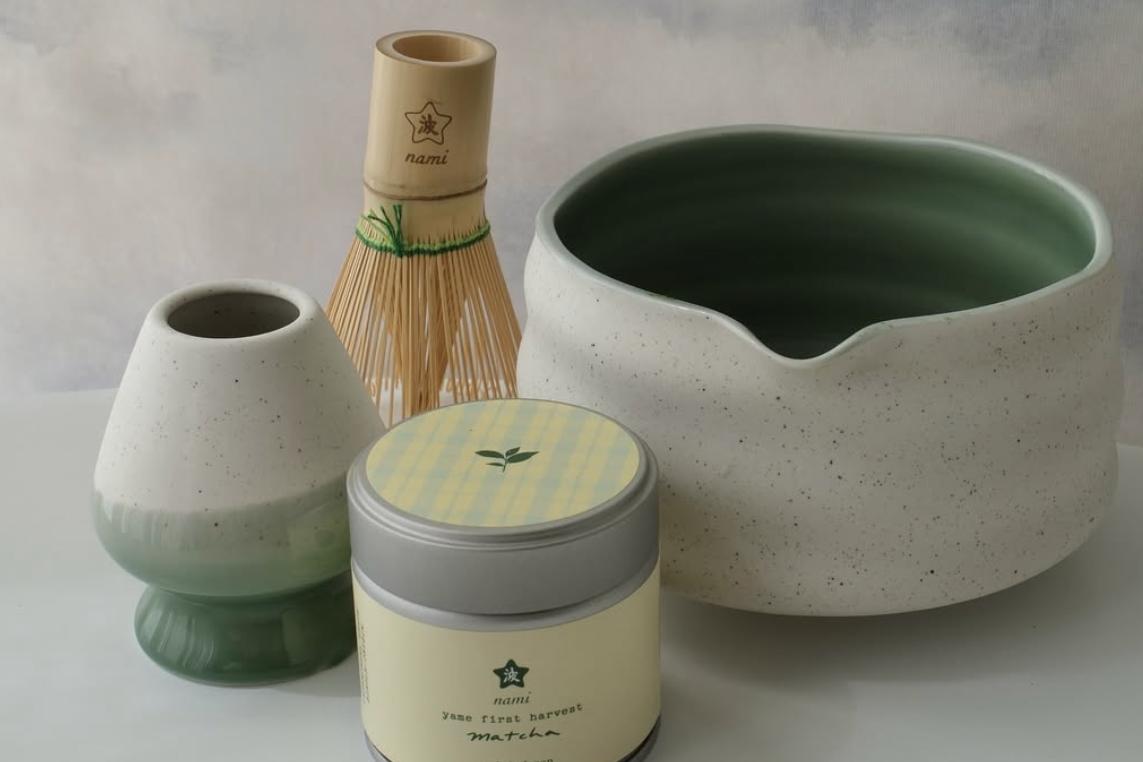[dropcap size=big]I[/dropcap]nside Glendale's Downtown Central Library not too far from the section of books printed in Armenian script and the tomes filed under the sign "Genocide Collection," sits a small gallery called ReflectSpace. The focus here is on art that discusses social-justice issues that have and continue to impact local communities. And the current show taps into a topic that is not often discussed in mainstream life but is extremely relevant to the numerous Angelenos of Armenian descent, Angelenos like me.
The current show, "Nonlinear Histories: Transgenerational Memory of Trauma," looks at art that taps into the Armenian Genocide, an event that very much still hits close to home for the city's significant Armenian-American population. Inspired by scholar Marianne Hirsch's work on "postmemory" — essentially how past traumas can affect subsequent generations — the show brings together an international group of artists exploring the personal impact of the Armenian Genocide.
April 24 is the day Armenians across the globe will remember and reflect upon a genocide that happened over a century ago at the hands of Ottoman Turkish government. The date itself refers to the night in 1915 when prominent ethnic Armenians were arrested in Constantinople. In all, an estimated 1.5 million people perished, and the displaced survivors spread worldwide thereafter, many arriving in the United States, as well as Canada, Mexico, and Argentina.
To date, Turkey denies the genocide. So, we have often looked to other nations to say that this slaughter was a genocide, that it was wrong and that this history matters. And while several countries have officially recognized the Armenian Genocide, amongst them France, Germany and Canada, the United States still has not joined them, in part because such an acknowledgement could jeopardize relations with Turkey. (All but two U.S. states have recognized the genocide, though.)
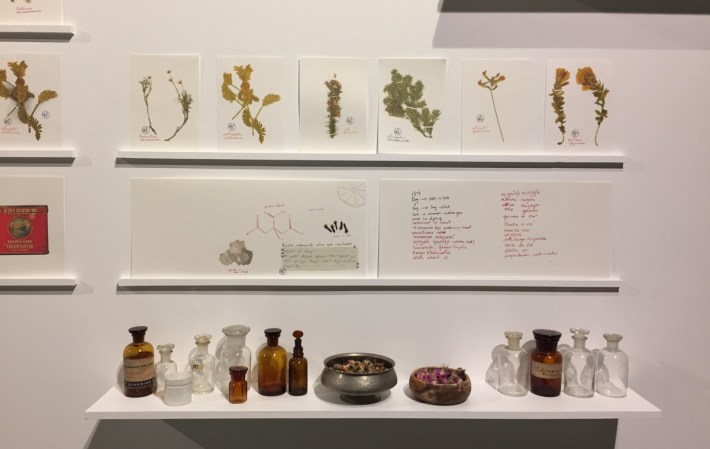
[dropcap size=big]T[/dropcap]he past can be inescapable, even if it’s not technically your past. That's postmemory and it's as much a part of my own experience as it is of the artists contributing to "Nonlinear Histories."
Because I'm of Armenian heritage and am the descendant of genocide survivors, this atrocity is impossible for me to forget or ignore, even when April 24 isn't approaching on the calendar. As I wrote last year in an essay for LA Weekly, the Armenian Genocide is something that I've known about since I was a child. It shaped my family and so it shaped me. But, where do you go from there? What can you do with postmemory?
At ReflectSpace, which is curated by husband-and-wife team Ara and Anahid Oshagan, that theme of the past impacting the present in profoundly personal ways is a thread tied into its mission. They opened the space last year as part of Glendale's overhaul of its Central Library. The gallery's debut show dealt with the Armenian Genocide as well, but that chapter of history isn't the main focus.
Since it opened, ReflectSpace has been home to exhibitions tackling subjects like the ‘comfort women’ of World War II, slavery in United States, and the Holocaust. One by one, the shows take a look at how myriad injustices have impacted local communities. "It's a bigger picture, covering everyone," says Anahid.
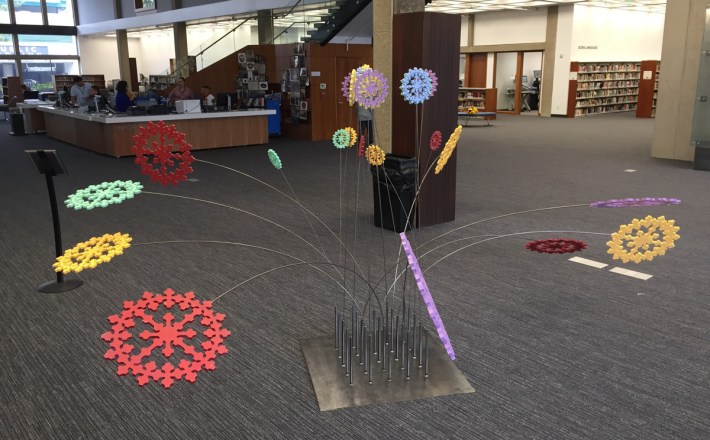
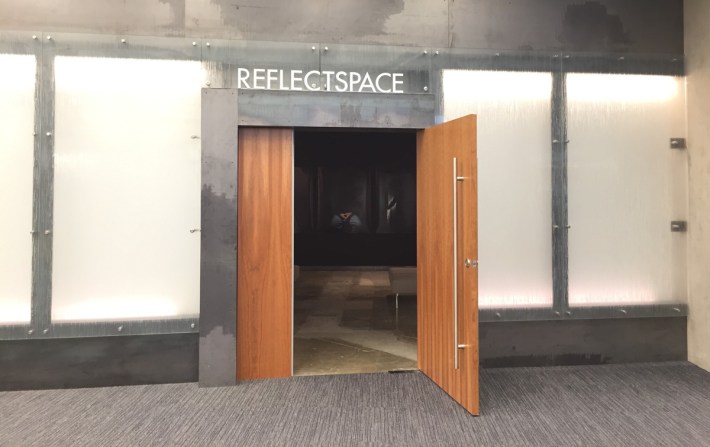
When I first met with Anahid Oshagan, ReflectSpace was in the midst of a show called "in | visible -- Negotiating the US-Mexico Border." Ara was in Beirut at the time, but joined in the interview via a video call.
"We try to bring it from a personal perspective," says Ara. In other words, they work with artists who have deep connections to the issues discussed in specific shows.
"For older human rights issues, the Genocide or Korean comfort women or the Holocaust, they are second- or third-generation witnesses — who have the trauma — and that issue has transmitted to them and they're reacting to it as artists."
Inside "Nonlinear Histories," a large, detailed installation from Berlin-based artist Silvina Der Merguerditchian stems from her great-grandmother's collection of herbal treatments. Hripsime, the artist's great-grandmother, had escaped the genocide and settled in Argentina, where she wrote down recipes in Turkish, the common language of the Ottoman Empire, using Armenian letters. Original text is displayed with family photos, samples and illustrations of the ingredients and apothecary bottles.
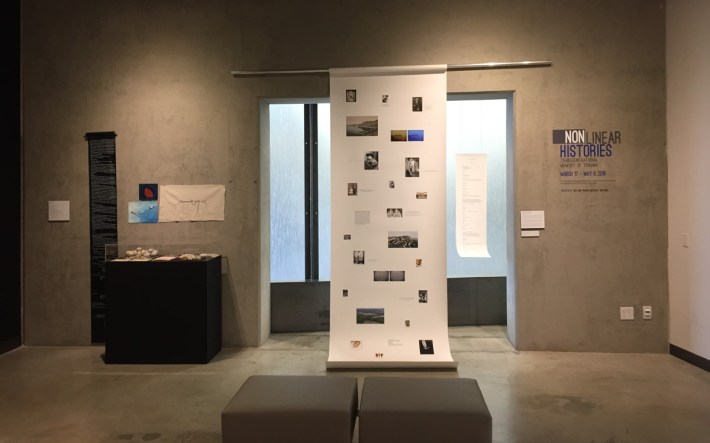
Another installation artist, Jean Marie Casbarian, imagines the life of her grandmother, who immigrated to the U.S. at the time of the Hamidian Massacres (a precursor to the Armenian Genocide) and died in Boston in 1918, in fictional diary entries. The artists are piecing together family history altered not just by massacres and genocide, but by the migration that followed as a result.
Ara is also a photographer and an installation artist whose work has drawn from his own Armenian identity in different projects, including the public installation iwitness that stood in Grand Park to mark the centennial of the genocide.
After seeing "Nonlinear Histories," we spoke again, by phone, about the legacy of the genocide.
"When I actually read Marianne Hirsch's work about fifteen years ago, about the idea of postmemory, I was like, oh my gosh, she's talking about me," he says. "She's talking about all the artists I know who are dealing with this issue."
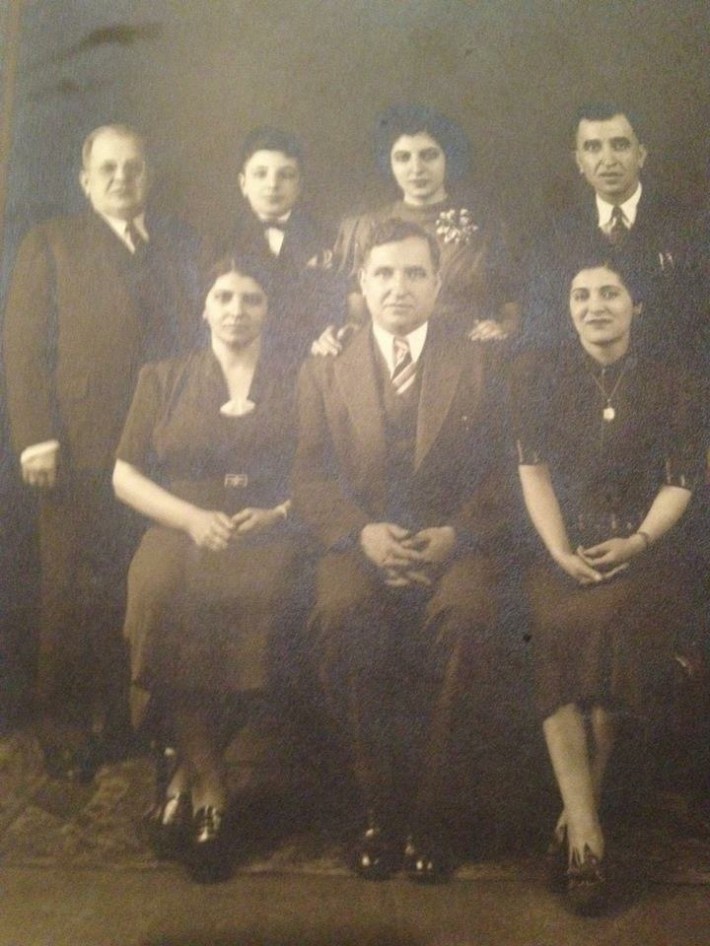
[dropcap size=big]I[/dropcap] didn't know my great-grandparents, but their stories live inside of me. That's a part of my own identity, but it's not everything. I'm also an Angeleno, a Californian, an American. I'm a citizen of a place where people still live in denial of a deeply racist history that includes genocide of Native Americans, slavery, segregation, the internment camps of World War II and so much more. The country's inability to see all of us as equals persists to this day in many different ways. Yet, the U.S. has been and continues to be a refuge for those escaping oppression elsewhere. It's a strange paradox.
For me, part of trying to understand and honor my own family's history is by learning about injustices that have happened across the world, as well as in my own country and hometown.
This is where ReflectSpace can be an extremely powerful place to view art. It's not about one community or one tragedy. On a local level, all of our histories intertwine and that's what this gallery aims to highlight. When we met at the gallery, Anahid indicated that sparking dialogue between different communities was one of their goals, noting an event from last January, during the run of "i am: Narratives of the Holocaust," where attendees could bake challa and the Armenian braided bread choreg.
On the later call, Ara reiterated those sentiments.
"That's one of the things that we're trying to foster here, to bring different groups together and do exhibitions on different traumas and different histories and try to cross-pollinate in terms of how people think or interact with these histories," he says. "That's definitely part of our goal, to create this cross-cultural exchange, crossing of histories."
RELATED: Smashing Plates and the Patriarchy at Into ACTION
"Nonlinear Histories" was co-curated by Ara Oshagan, Anahid Oshagan and Isin Onol. Featured artists include Jean Marie Casbarian, Eileen Claveloux, Didem Erk, Hrayr Eulmessekian, Silvina Der Meguerditchian, Hrair Sarkissian and Harry Vorperian.
ReflectSpace is located inside Glendale's Downtown Central Library and open during library hours. "Nonlinear Histories" runs through May 6. 222 E. Harvard St. Glendale, 91205. 818-548-2021.
